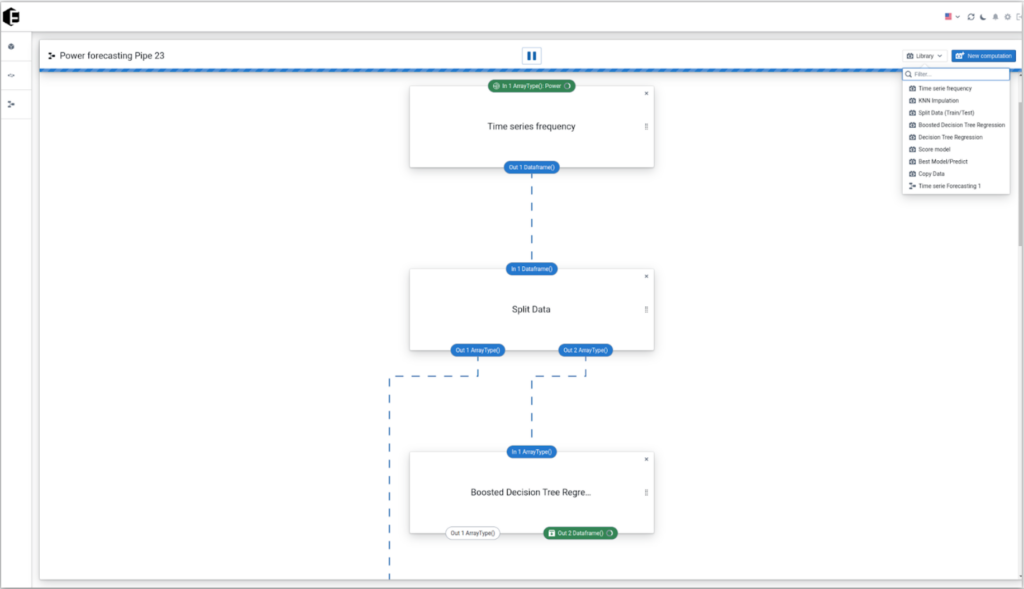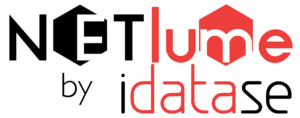
In an era where every drop counts, the challenges faced by water utilities demand innovative solutions to ensure efficient water management. Aging infrastructures, non-revenue water, and the lack of real-time responsiveness have become pressing issues, costing both public and private water utilities billions annually. This article explores the transformative role of IoT in water conservation and highlights how NetLume, as a leading IoT platform, is shaping a sustainable future for the next generation.
The Water Challenge:
Water utilities grapple with multifaceted issues, including wastewater management, soaring energy bills, water loss, and constrained budgets. The lack of visibility into potential points of failure within the water distribution network adds complexity to an already challenging scenario. Traditional processes, void of real-time data, hinder the proactive detection of leaks and the efficient management of water processes.
IoT as a Game-Changer:
The Internet of Things (IoT) emerges as a flexible and transformative solution for the water utility industry, offering smarter decision-making and optimized resource utilization. By harnessing data from an array of smart water sensors and integrating it with information from various systems, IoT enables a holistic approach to water management. This article delves into the ways IoT addresses key challenges faced by the water industry.
Transformative Capabilities of IoT in Water Management:
1- Leak Detection and Prevention:
IoT-based water management systems utilize powerful analytical tools to generate alerts, allowing utilities to swiftly identify and address potential issues before they escalate. This proactive approach helps prevent extreme leaks and pipe bursts, reducing emergency repair costs.
2- Real-time Data Analytics:
The power of real-time data analytics empowers water utilities to respond efficiently to emergencies, recapture revenue, lower energy costs, and reduce the frequency of emergency repair scenarios.
3- Predictive Maintenance:
IoT technology enables the prediction of potential pipe failures, allowing utilities to allocate maintenance and repair costs strategically and avoid budget overruns.
4- Pressure Management:
Efficient pressure management is achieved through real-time monitoring, ensuring optimal system performance and mitigating the risk of pipe damage.
NetLume’s Role in Water Conservation:
NetLume, a trailblazer in the IoT space, takes water conservation to new heights by providing an All-In-One Data platform for AI applications and Industrial IoT. Its intuitive interface allows for rapid drag-and-drop prototyping of water distribution assets and systems, simplifying the design process with a low-code to no-code approach.
Key Features of NetLume for Water Conservation:
1- Domain Modeling: Easily design water distribution models with a user-friendly interface.
2- Data Integration: Connect all relevant data sources to the platform seamlessly.
3- AI Models Deployment: Deploy machine learning models to gain real-time insights into water networks.
4- Real-time Monitoring: Utilize a highly customizable map visualization for live monitoring of water assets.
5- Dashboard Design: Create custom dashboards with automated report generation and notification features.
6- Unified Lifecycle Management: Streamline and automate the lifecycle management of connected solutions.
Conclusion:
As we strive for a sustainable future, the marriage of IoT technology and water conservation is pivotal. NetLume’s innovative approach to IoT in water management sets the stage for efficient, proactive, and cost-effective solutions. By leveraging the power of real-time data analytics, predictive maintenance, and comprehensive monitoring, NetLume empowers water utilities to overcome challenges and contribute to a water-secure future for generations to come.
